Introduction
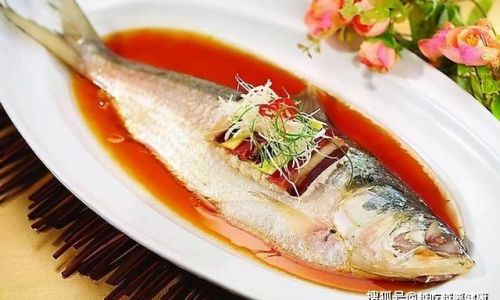
In the vast realm of culinary arts, there exists a myriad of dishes that have stood the test of time, each with its unique story and preparation method. Among these, the web-wrapped shad, a dish hailing from the rich gastronomic traditions of China, stands out for its intricate preparation and exquisite taste. This dish, often referred to as “net-oil shad” in English due to the use of pork web (or net fat) in its wrapping, combines the delicate flavors of the shad fish with the crispy texture of the fried pork web, creating a harmonious symphony of tastes that tantalize the palate.
In this article, we embark on a culinary journey to explore the art of making web-wrapped shad. From sourcing the freshest ingredients to mastering the delicate wrapping technique and achieving the perfect frying temperature, we will delve into every step of this traditional recipe, ensuring that even the most novice cook can recreate this culinary masterpiece in their own kitchen.
Section 1: Understanding the Ingredients
Before diving into the preparation, it is crucial to understand the ingredients that make up this dish. The star of the show is undoubtedly the shad fish, a migratory fish known for its rich flavor and tender texture. When selecting shad, look for fish with firm flesh, bright eyes, and a fresh scent. Avoid any fish that smells fishy or has a slimy texture, as these are signs of freshness.
The other key ingredient is pork web, also known as pork net fat or lardoon in some culinary circles. This is a thin, translucent layer of fat found beneath the skin of well-fed pigs. It is crucial for its ability to render and crisp up beautifully during frying, adding both flavor and texture to the dish. If pork web is unavailable, some recipes substitute it with thinly sliced pork belly, but the authentic taste and texture may suffer slightly.
Other ingredients include ginger, garlic, soy sauce, rice wine, salt, sugar, and sesame oil, all of which contribute to the dish’s complex flavor profile. Fresh herbs like cilantro or parsley can be used as garnishes to add a fresh note to the finished dish.
Section 2: Preparing the Shad
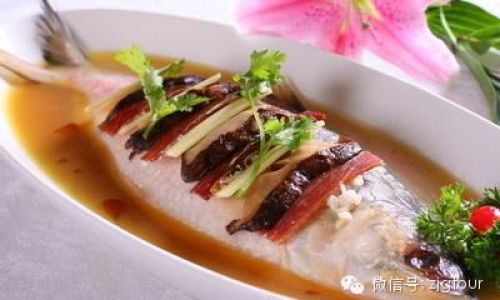
Begin by cleaning the shad thoroughly. This involves scaling the fish, removing the gills, and gutting it. Rinse the fish under cold running water to remove any blood or impurities. Pat it dry with paper towels to ensure that it doesn’t release excess moisture during cooking, which could affect the crispiness of the final dish.
Next, make diagonal cuts on both sides of the fish, spacing them about an inch apart. This not only helps the marinade penetrate deeper into the flesh but also ensures even cooking. Season the fish inside and out with salt, pepper, and a pinch of sugar.
In a bowl, mix together soy sauce, rice wine, minced ginger, minced garlic, and a touch of sesame oil. Pour this marinade over the fish, ensuring that it covers all surfaces. Allow the fish to marinate for at least 30 minutes, preferably refrigerated, to allow the flavors to meld together.
Section 3: Preparing the Pork Web
While the fish is marinating, prepare the pork web. Begin by rinsing it under cold water to remove any impurities. Lay it flat on a clean surface and, using a sharp knife, cut it into strips that are about an inch wide and several inches long. These strips will be used to wrap the fish.
Blanch the pork web strips in boiling water for about 30 seconds to remove any excess fat and firm them up. Drain them well and pat them dry with paper towels. This step is crucial as it helps the pork web render properly during frying, preventing it from becoming soggy.
Section 4: Wrapping the Fish
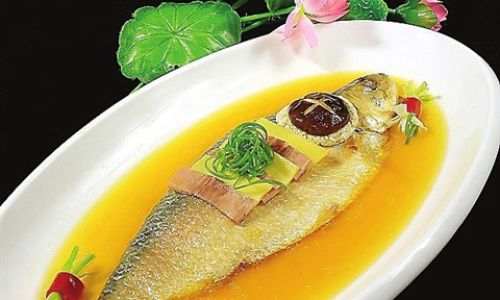
Now, it’s time to wrap the fish. Lay the marinated shad on a piece of parchment paper or plastic wrap to keep it from sticking. Take a strip of pork web and lay it diagonally across the fish, starting from the tail end. Wrap the strip tightly around the fish, overlapping it slightly as you move towards the head. Repeat with additional strips, ensuring that the entire fish is evenly covered.
The wrapping should be tight but not so tight that it squeezes out the marinade or compresses the fish too much. Once the fish is fully wrapped, use toothpicks or small skewers to secure the pork web in place. This will prevent it from unraveling during frying.
Section 5: Frying the Web-Wrapped Shad
Heat a large, heavy-bottomed pan or wok over medium-high heat. Pour in enough vegetable oil to submerge the fish halfway. The oil should be hot but not smoking. Test the oil’s readiness by dropping a small piece of bread into it; it should sizzle and turn golden brown quickly.
Carefully lower the wrapped fish into the hot oil, using a spatula or slotted spoon to support it. Fry the fish until the pork web turns golden brown and crispy, about 5-7 minutes per side. Be careful not to overcrowd the pan, as this will lower the oil temperature and prevent the fish from crisping properly.
Once the fish is evenly browned and cooked through, use a slotted spoon to remove it from the oil and let it drain on a wire rack or paper towels. Allow it to rest for a few minutes before serving, as this will help the flavors meld together and the oil to drain off completely.
Section 6: Serving and Garnishing
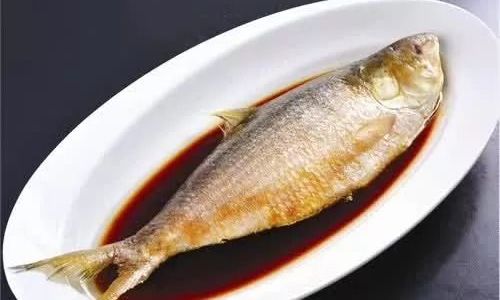
To serve, carefully remove the toothpicks or skewers holding the pork web in place. Slice the fish into serving portions, ensuring that each piece has a bit of the crispy pork web attached. Arrange the slices on a serving platter, garnishing with freshly chopped cilantro or parsley for a burst of color and freshness.
Accompany the web-wrapped shad with a side of steamed rice or your favorite vegetables to balance the rich flavors of the dish. A dipping sauce made from a mixture of soy sauce, rice vinegar, sesame oil, and a touch of sugar can also be served on the side for added flavor.
Conclusion
Making web-wrapped shad is a labor of love that requires patience, precision, and a deep understanding of culinary techniques. From sourcing the freshest ingredients to mastering the wrapping and frying processes, each step is crucial in creating a dish that is not only visually stunning but also bursting with flavor.
With this guide, even the most novice cook can embark on this culinary journey and recreate a dish that has stood the test of time, bringing a touch of traditional Chinese gastronomy to their kitchen. So, gather your ingredients, roll up your sleeves, and let the adventure of making web-wrapped shad begin. Enjoy the culinary journey and the delicious results that await!
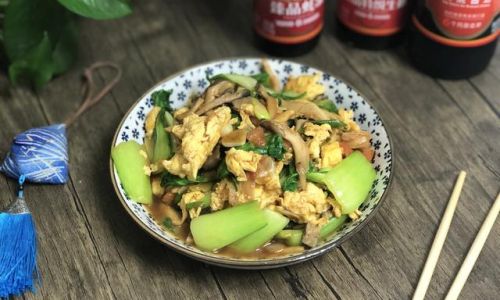

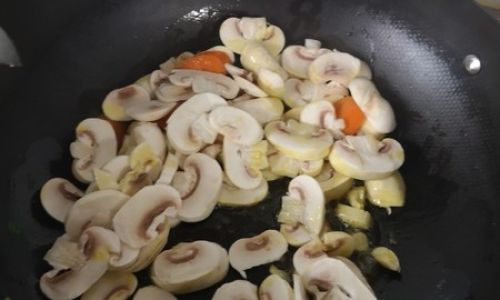


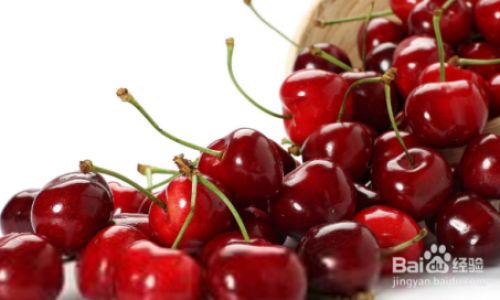
0 comments